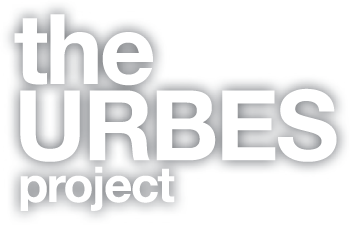Case study city: Berlin
Located in eastern Germany, Berlin is the country's capital. It is simultaneously shrinking in population and growing in size.
The URBES activities in Berlin include three steps. Step one entails mapping and analyzing land-use changes, as well as assess future urban scenarios based on strategies of production (urban agriculture), preservation, and restoration of urban green spaces and biodiversity.
In step two, the impact of the simulated land use change scenarios will be assessed.
In step three, assessment indicators and methods are developed to maintain and strengthen the capacity to uphold essential ecosystem services over time.
The site-specific work in the city includes: a) Assessment of ecological and diversity characteristics and urban ecosystem services (UES) provisioning of selected urban green spaces (UGS) and parks (e.g. Britzer Garten, Tempelhofer Feld, see map) and b) Assessment of use and perception of selected parks by visitors (e.g. Britzer Garten, Tempelhofer Feld).
Berlin is host city for the the URBES partner Humboldt University. Contact person is , leader for URBES Work Package 2, Future urban land use with respect to ecosystems and biodiversity.
View URBES case study city: Berlin in a larger map
New from Berlin
Within URBES, the following work is undertaken in Berlin:
Development of scenarios of the future Berlin, showing possible or expected land-use and land transition scenarios in 2015, 2025 and 2050.
Quantification of ecosystem services demand and provisioning in the city area and the Metropolitan Region including local climate regulation, air cooling, recreation and mental health, carbon sequestration and storage, moderation of extreme events and food production.
Study of the rural-urban gradient regarding demand-supply relationships of urban ecosystem services.
Trade-off analysis of ecosystem services, biodiversity and human quality of life.





